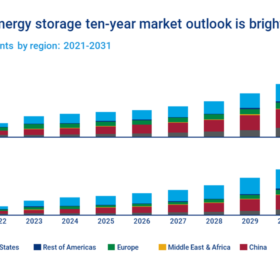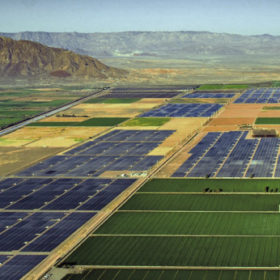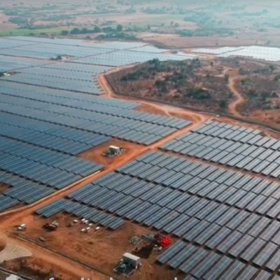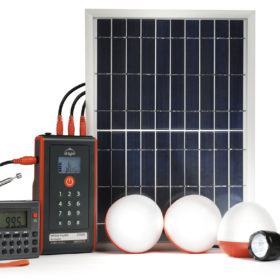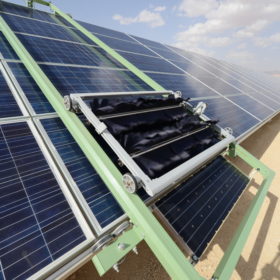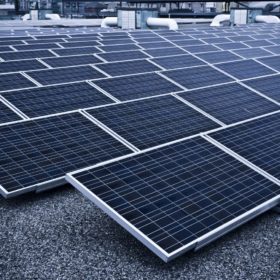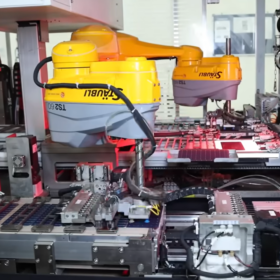Saatvik selects retail distributor for solar panels
Haryana-headquartered Saatvik Solar has appointed Photovoltaic Solar to handle retail distribution of its PV panels in the Indian market.
Adani Solar, Roofsol partner on retail distribution in Maharashtra
Adani Solar, which has 3.5 GW of PV cell and module production capacity, has selected Roofsol Energy as a partner for the retail distribution of its solar panels in Maharashtra.
Global energy storage deployment may hit 500 GW by 2031
Wood Mackenzie said it expects the United States and China to represent 75% of global energy storage demand in a highly consolidated market.
US to extend Investment Tax Credit for solar at 30% to 2032
As written in the Inflation Reduction Act of 2022, the tax credit will begin at 30% and step down to 26% in 2033 and 22% in 2034.
India’s solar report card for FY 2021-22
India installed 12.3 GW of solar in the twelve months ending March 31, 2022. The nation is expected to add a record 20 GW in the current fiscal.
The PV industry needs 12 times more polysilicon production capacity by 2050
New research from the University of New South Wales (UNSW) predicts cumulative polysilicon demand of 46-87 Mt will be required to achieve 63.4 TW of PV installed by 2050.
The long read: Putting solar capital to work
Venture capital investment in solar and energy storage companies in sub-Saharan Africa brings with it considerable risk, but also holds the promise of making an outsized impact in delivering clean energy access. KawiSafi Ventures Managing Director Amar Inamdar says that venture capital investment in frontier markets will be a key part of the “capital stack” required to pursue the joint goals of leapfrogging fossil fuel energy development in the continent and lighting up African lives.
India has installed more than 57.7 GW of solar
The nation reached a cumulative 57.7 GW of solar power generation capacity by June 30, 2022. Rajasthan (14.4 GW), Gujarat (7.8 GW), and Karnataka (7.6 GW) top in PV installations.
There’s big money in recycling materials from solar panels
Recycling solar panels keeps them out of landfills, but also provides much-needed raw materials with Rystad Energy projecting a value approaching $80 billion by 2050.
The long read: Solar support in hazardous locations
In some of the world’s most hazardous locations, a resilient and autonomous common denominator is often found – solar energy. From offshore oil rigs to remote mine sites and the frontlines of conflict zones, solar power functions where others fail, and it does so without the need of refuelling or regular maintenance. But what makes solar such a ‘no-brainer’ that even the oil and gas industry must turn to it? And what other hazardous locations can be electrified with solar? Blake Matich reports.


